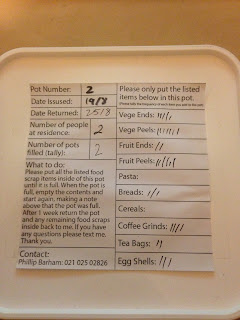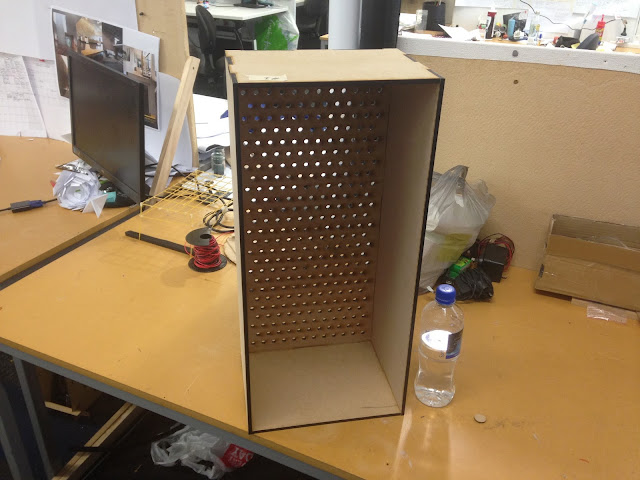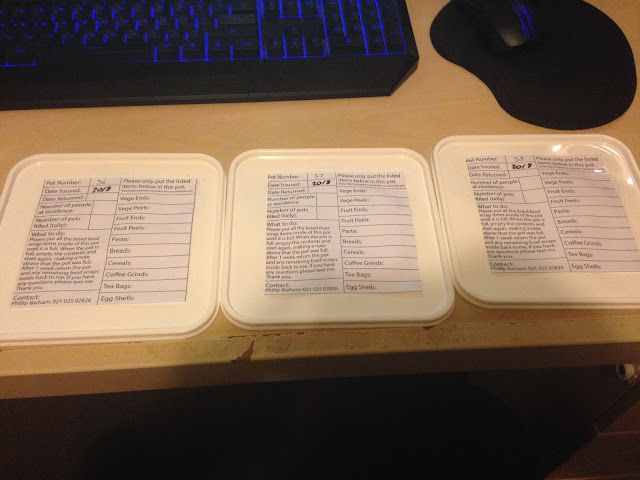This is an example of a few of the pots I got back for my test. Early indication is looking good for my project as people seem to create less food scraps than it was originally thought. I will not be able to make a final call until I get more back.
After roughly 2 weeks and many messages I have decided to call the test here. Since I left the experiment as anonymous I have no idea how still owes me a pot of food scraps. Of the 35 pots I sent out I only received 11 back. While I would prefer more pots back I have to move on with my project or I will fall behind
On the bright side, the way I set up the excel spreadsheet to put all the results in means that I do not have to do much maths to get my result.
After working out how much food scraps 1 person generated in 7 days I divided the number by 11 to get my answer. I have found that one person creates 1.2L of food scraps every week. If I times this number by 3 to account for the bedding material needed for the worms I get 3.6L.
From my survey research it was seen that people tended to live with either 2 or 4 people. For 2 people I need 7.4L of space and for 4 people 14.8L. This is far smaller than the orignal box I had for 2 people so even making the system work for 4 people is well within my reach.


























































